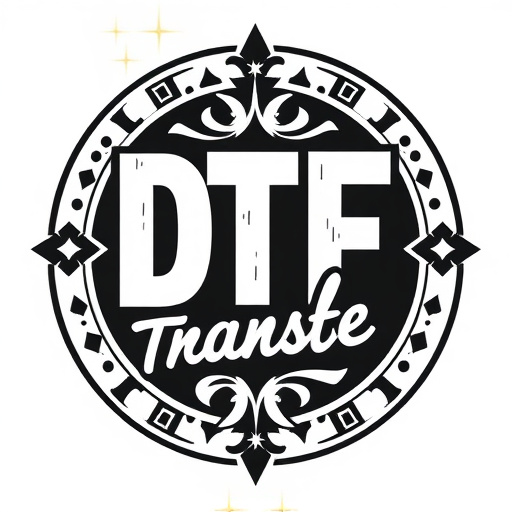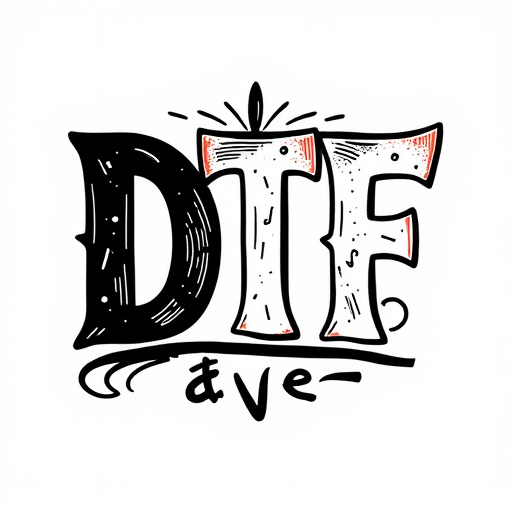Direct to Fabric (DTF) transfers are revolutionizing textile printing with cutting-edge technology that directly applies ink to fabric. This method offers high-quality, vibrant prints resistant to fading and wear, suitable for clothing, merchandising, and promotional items. DTF Printing's speed, versatility, and precision make it a popular choice, ensuring durable markings on diverse fabrics and surfaces, including cotton, polyester, metal, and plastic. With strict Quality Assurance protocols, DTF Transfers withstand extreme conditions, making them ideal for industries like healthcare and automotive requiring secure tracking and identification. Future trends promise enhanced resolution, eco-friendly options, and intricate designs, solidifying DTF's position as a versatile, reliable, and sustainable printing solution.
In the realm of commercial printing, Transfers with extended durability (DTF) are revolutionizing applications across diverse industries. This article provides a comprehensive overview of DTF transfers, highlighting their advantages and unique properties. From understanding the DTF printing process to exploring its longevity, we delve into what sets DTF apart. We also examine real-world applications and future trends, offering insights for professionals seeking innovative, durable printing solutions. Discover why DTF prints are becoming a game-changer in today’s market.
- Understanding DTF Transfers: A Comprehensive Overview
- Advantages of DTF for Commercial Use Cases
- Applications in Various Industries
- Printing Process and Quality Assurance
- Durability and Longevity: What Sets DTF Apart?
- Best Practices and Future Trends in DTF Technology
Understanding DTF Transfers: A Comprehensive Overview
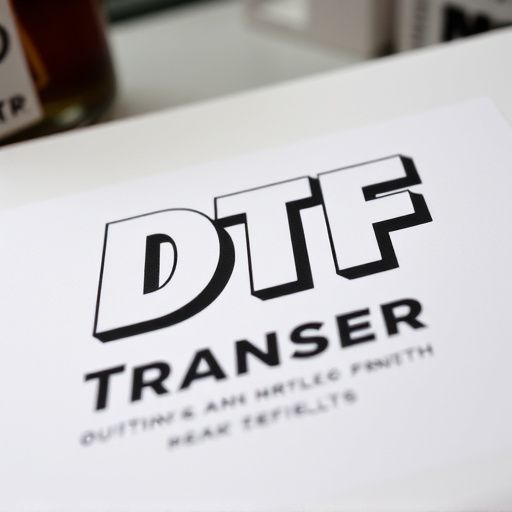
DTF Transfers, or Direct to Fabric (DTF) transfers, are a cutting-edge technology revolutionizing the way we print on textiles for commercial applications. This method involves transferring ink directly onto fabric, offering an efficient and durable solution for creating custom designs on various materials. DTF Printing allows for high-quality, vibrant prints that can withstand rigorous washing and handling, making it ideal for clothing, merchandising, and promotional items.
The process starts with a digital design that is then converted into a plate or screen, which guides the application of ink onto the fabric. This direct approach ensures precise color reproduction and fine detail, catering to both simple and complex designs. DTF Transfers have gained popularity due to their speed, versatility, and ability to print on a diverse range of fabrics, including cotton, polyester, and blends, without compromising quality or durability.
Advantages of DTF for Commercial Use Cases
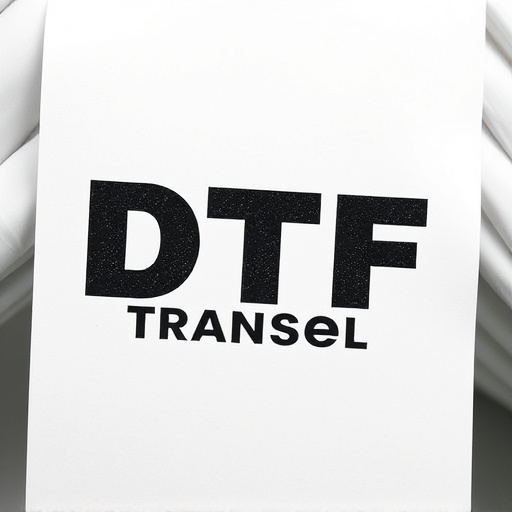
Direct to fabric (DTF) transfers offer several advantages for commercial applications, making them a preferred choice for businesses looking to print on a variety of fabrics efficiently and cost-effectively. One of the key benefits is their extended durability, which ensures that printed designs remain vibrant and long-lasting even after repeated washings. This feature is particularly valuable in the clothing, textile, and merchandising industries where resistance to fading and wear is essential.
DTF Printing provides a high level of versatility, allowing businesses to print on diverse fabric types and shapes without the need for complex setup or specialized equipment. The process streamlines production, reduces lead times, and enables rapid turnaround, making it an ideal solution for small runs, custom orders, or time-sensitive projects. Moreover, DTF Transfers offer excellent color accuracy and detail retention, resulting in visually appealing prints that enhance the overall quality of the final product.
Applications in Various Industries
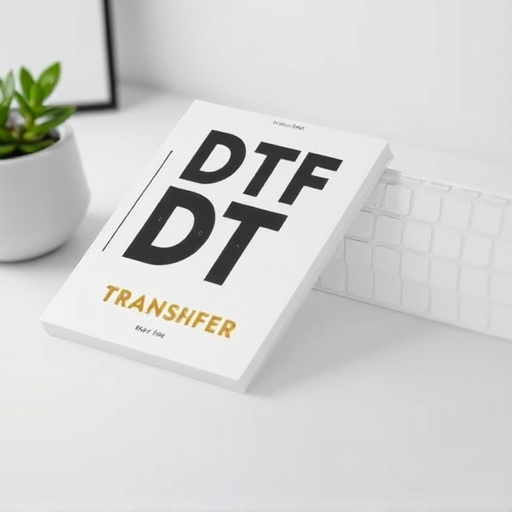
In various industrial sectors, DTF Transfers and DTF Printing have found a place as reliable and efficient solutions for durable marking. From manufacturing and logistics to healthcare and automotive, DTF Prints offer distinct advantages. In these applications, traditional marking methods often fall short due to the need for prolonged durability, resistance to extreme conditions, and the ability to mark complex geometries. DTF Transfers, with their exceptional adhesion and resilience, meet these demands. They can withstand high temperatures, chemical exposure, and physical abrasion, ensuring that critical information, barcodes, and serial numbers remain legible and accurate over extended periods.
The versatility of DTF Printing allows for precise and detailed DTF Transfers, suitable for a wide range of surfaces, including metal, plastic, glass, and even fabric. This makes them invaluable in industries where tracking and identification are paramount. For instance, in healthcare, DTF Transfers can securely mark medical devices, ensuring traceability and compliance. In automotive, they enable precise labeling of vehicle components, streamlining production and maintenance processes.
Printing Process and Quality Assurance

The DTF (Direct to Fabric) transfer printing process is a revolutionary method for commercial applications seeking extended durability. Unlike traditional techniques, DTF involves transferring inks directly onto fabric surfaces using heat and pressure, eliminating the need for intermediate layers. This direct approach enhances both print quality and long-term adhesion, ensuring that vibrant DTF prints withstand rigorous use and washing cycles.
Rigorous Quality Assurance (QA) protocols are integral to achieving consistent DTF transfer outcomes. These protocols encompass meticulous material selection, precise printing parameters, and comprehensive post-print testing. By adhering to stringent QA standards, manufacturers can guarantee that each DTF Transfer meets or exceeds expectations for color vibrancy, resolution, and longevity, ensuring superior commercial applications.
Durability and Longevity: What Sets DTF Apart?

Durability and Longevity: What Sets DTF Apart?
In the realm of commercial applications, durability and longevity are paramount, especially when it comes to transfers and printing. DTF (Direct to Fabric) Transfer stands out as a game-changer in this regard. This cutting-edge technology ensures that prints maintain their vibrancy and integrity for extended periods, even under intense use. The unique DTF Printing process involves direct application of ink onto the fabric surface, resulting in superior adhesion and color fastness—a stark contrast to traditional methods that often yield fading or peeling over time.
DTF Transfers are designed to withstand various environmental factors, including exposure to sunlight, washing, and regular wear and tear. This extended durability is achieved through meticulous formulation of inks and substrates, ensuring each DTF Print is a testament to quality and longevity. For commercial entities seeking reliable, long-lasting solutions, DTF Printing offers an unparalleled advantage, revolutionizing the way businesses approach fabric personalization and branding.
Best Practices and Future Trends in DTF Technology

The field of Direct-to-Final (DTF) printing technology is rapidly evolving, especially with its growing adoption in commercial applications. To ensure optimal results and extended durability, best practices should be followed. Firstly, utilizing high-quality materials ensures the longevity of DTF transfers; this includes both the print media and the inks used. Additionally, precise registration during the printing process is crucial to avoid misalignments that can compromise the final prints’ aesthetics and durability. Proper curing of inks after printing is another critical step, as it enhances adhesion and prevents smudging or fading over time.
Looking ahead, future trends in DTF technology promise even more impressive capabilities. The integration of advanced imaging techniques could lead to higher resolution and more intricate DTF prints. Furthermore, developments in eco-friendly inks and substrates are gaining momentum, aligning with the growing demand for sustainable commercial printing solutions. These innovations not only reduce environmental impact but also contribute to the overall durability and quality of DTF transfers, making them a versatile and reliable option for various industries.
